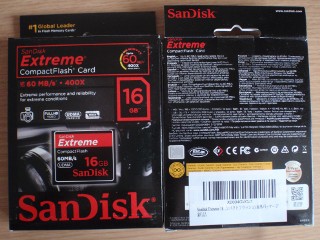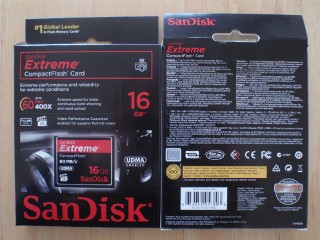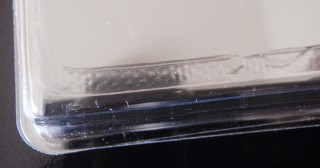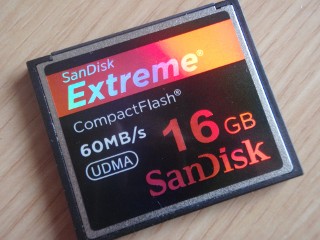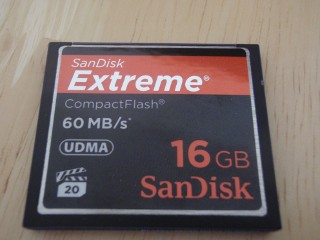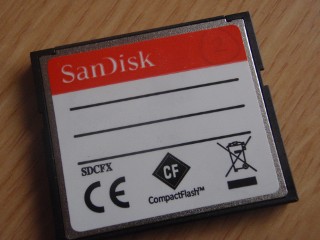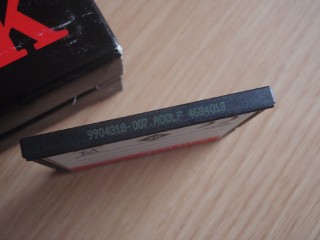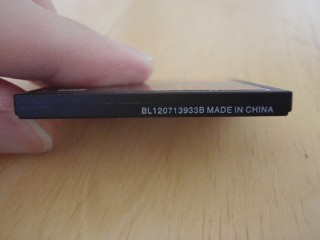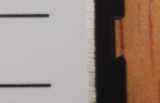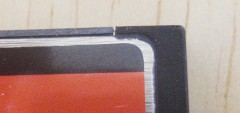Fake Sandisk CF cards | |||||||||||||||||||||
|
Unfortunately most of you will read this page after buying counterfeited CF cards, but hopefully my story will help you find the truth about what you bought. And maybe even prevent you from clicking the wrong "buy now!" button. The first thing to realize is that no one is safe. Obviously buying from Ebay is not the brightest idea, but major (online) stores are also selling fake Sandisk cards; don't think it only happen to others. Anyway, here's what happened to me. I bought four 16GB, 60MB/s Sandisk CF cards from Amazon Japan in November 2012. The order was "fulfilled by Amazon", which means that the goods are stored and shipped from an Amazon warehouse. However, the shop actually owning the cards was not Amazon. I thought that was an extra guarantee compared to the standard "marketplace" stores found on Amazon, and as you can imagine I was wrong. Anyway, the order arrived on time, I picked it up at the local convenience store and started playing with the cards. They seemed a bit slow, so I benchmarked them by dumping 2GB chunks of data using the unix command "dd" (*). Alarm bells started to ring when the new 60MB/s cards turned out to be slower than my older Extreme IV 45MB/s card. WTF? By that time I had also noticed two subtle differences between the 4 cards, even though all boxes were the same:
Originally I though that meant different batches, which is rather good (**). But it was a bit more than that... The shit really hit the fan when I tried to benchmark the "odd serial number" card: no data could be written on it from the desktop, although the camera was happy to put pictures on it. Ooops. Typing the "odd" CF card serial in Google led me to a page explaining exactly the problem that I had: this serial number is from a Kensington part! Now I was clearly in couterfeited items territory, so I promptly followed Amazon's procedures to return the items. More on that later. So here we are finally: how can you spot a fake Sandisk CompactFlash card? Obviously there are no rules, only a few hint. Actually quite a few hints if you pay attention to details... PackageThe real and fake boxes are quite different, but this is probably due to Sandisk renewing their design. Luckily, the devil's in the details:
These details may not be significant; it is still possible that the "fake" box is actually a real one. The content, however, differs significantly. Inner plastic blisterThe card is held in place in its larger cardboard box with a plastic blister (vacuum-formed if I have to guess).
Card caseI found the little plastic card case more difficult to open for the fake item. The real Sandisk CF card case opens and closes better. Sorry, no pics here. The card itselfMany differences here:
EpilogueWould I buy CF cards again with Amazon? Probably not. But to be fair, Amazon reimbursed me quickly and smoothly, even if their support droids mostly sent automated messages, and never actually took any specific action regarding the fact they had stocked a counterfeited item in their warehouse. A few days later I got four real Sandisk CF cards from a small electronics shop lost in the shady parts of Akihabara. LOL. LinksSome links to other discussions about this problem on the interweb:
(*)2GB and not 16GB because FAT is limited to 4GB. Yeah, I knew that too, but it took me some time to figure it out: I thought the cards were broken! Turned out they were foobar'ed indeed, but for other reasons. (**) It is considered good practice to mix HDDs of different batches when building a RAID array. You know, so that they don't break all at the same time... | |||||||||||||||||||||
| © 2024 Damien Douxchamps. All rights reserved. | |||||||||||||||||||||

